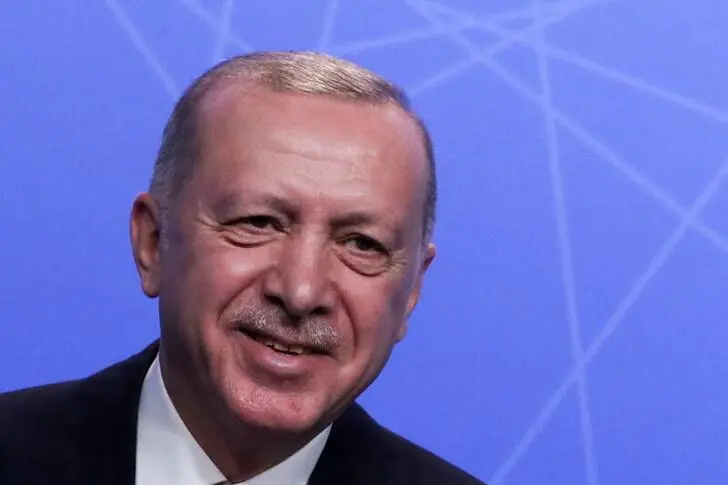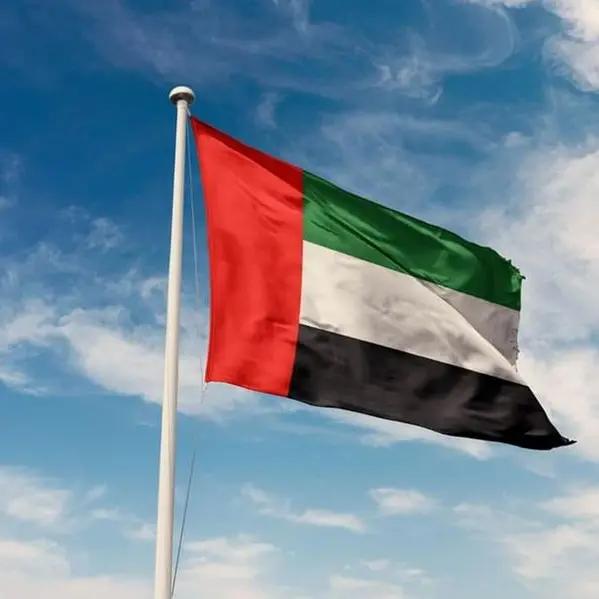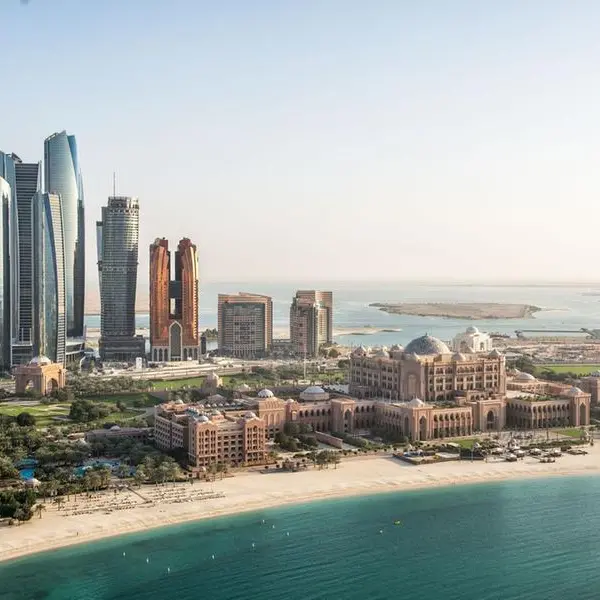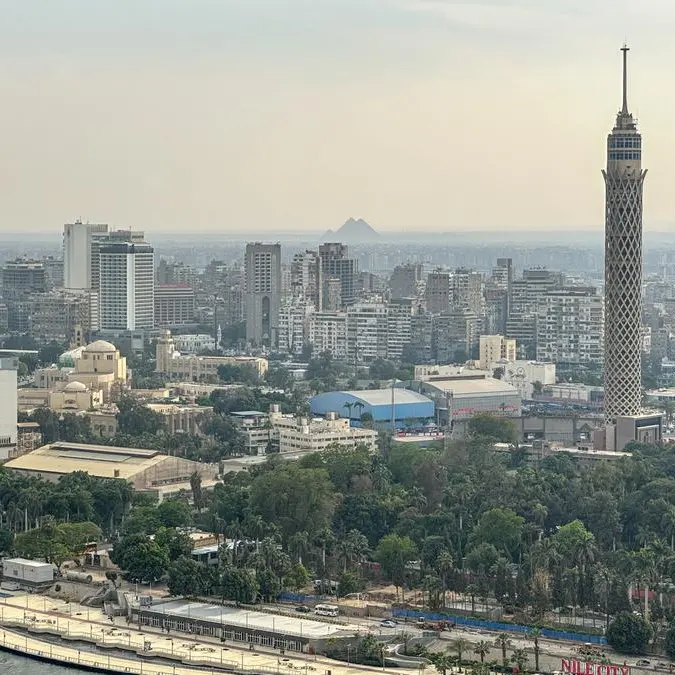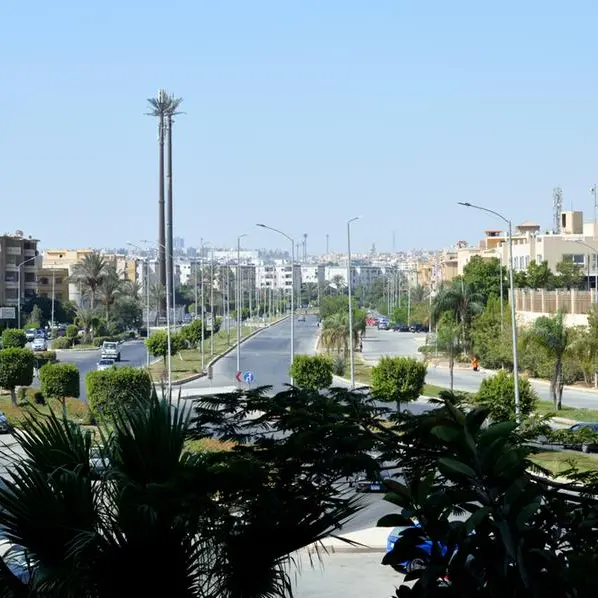PHOTO
A little more than a year ago, war broke out between Azerbaijan and Armenia. Following six weeks of intense fighting, the conflict ended with Azerbaijan regaining control over most of its internationally recognized territory in Nagorno-Karabakh that had been run by ethnic Armenian separatists since 1994. A peace deal was signed under the guidance of Russian President Vladimir Putin. The agreement also involved the presence of Russian peace-keeping troops along a corridor of the border between the two countries.
An indirect consequence of this war and its resolution played out in the balance of power in the South Caucasus region. During the conflict, Iran found itself in a tricky spot. It was torn between its historical regional alignment with Armenia and the will of its Azeri population. Some press reports suggested Tehran supplied arms to Yerevan in the first few days. But, on the political level, Iran stood silent for the entire first week of the war, trying to maintain a delicate balance. Protests in its northwest region, as well as pressure from regional institutions — religious included — changed this. Tehran was forced to shift its position and stand with Azerbaijan to calm its domestic front.
Tensions between Azerbaijan and Iran have been increasing again in recent months. Military exercises on the borders by both countries have contributed to these frictions. The latest organized by Iran on Oct. 1 close to the Azeri border was the first to be conducted in this area. Moreover, declarations by Iranian military officials at the time and through various historical references were direct accusations against Baku of deepening its relations with Israel. On top of this, a series of tit-for-tat measures of border control have also contributed to the deterioration in relations.
In fact, Iran is becoming more isolated in this region. It has undoubtedly noticed a strong rapprochement between Turkey, Azerbaijan and Pakistan. These three countries last month participated in a joint military exercise named “Three Brothers” that took place in Baku. This followed the signing of the Baku Declaration by the three countries’ parliamentary speakers to boost trilateral cooperation. Also, during last year’s war, both Turkey and Pakistan openly supported Azerbaijan. This increased cooperation is also a consequence of the new situation in Afghanistan following the US withdrawal.
As tensions keep rising, one potentially dangerous outcome is interference within the domestic ethnic populations of each country. Indeed, this could lead to breakdowns and instability that would threaten the sovereignty and internationally recognized borders of this entire region, which is interconnected with the Middle East and Central Asia. This could potentially lead to even more population displacements and refugee flows, as witnessed in Afghanistan lately. Moreover, any war that would add to the tensions with Armenia has the potential to create a domino effect. In fact, even moderate skirmishes on the border have the potential to drag both regions into conflict.
As the dynamics of geopolitics have shifted with great power competition over the years, we have all noticed the interconnections between the Middle East, the South Caucasus, and Central Asia — especially in terms of how positive actions benefit all, while crises spread at the speed of light. As a sign of this interconnection, Kazakhstan successfully hosted the Astana talks focused on a political resolution to the Syrian conflict with the support of global and regional powers. The same type of dialogue might be needed today between Azerbaijan and Iran to avoid further escalation. There is an urgent need for negotiations and the easing of tensions.
Despite Iran’s negative role in the Middle East, should leading Arab countries consider acting as neutral mediators in this conflict? A crucial point to consider is whether Tehran would be willing to change its behavior. This not only applies to its relationship with Azerbaijan, but also its role in the entire Middle East. Would Iran be willing to de-weaponize its foreign policy, which has brought instability and chaos throughout the region? It has, for decades now, pushed for instability throughout the Middle East, plunging the likes of Iraq, Lebanon and Yemen into total chaos. Its nuclear program is a clear threat to all its neighbors.
So, could an Arab mediation ward off this potential wider conflict and bring forward a broader agreement, whereby Iran would renounce its interference in other countries’ domestic affairs and its attacks on their sovereignty? It would obviously need the support of global and regional powers to be successful. Yet it could be a positive way to resolve the regional tensions with Iran in a more comprehensive way than only focusing on the nuclear side. Once again, the nuclear deal with the West has become an Iranian extortion tool and any easing of sanctions without addressing Tehran’s activities would lead to more instability. There is a greater need for talks for the region and led by the region. This also means including Israel.
There is undoubtedly a new geopolitical balance being established from the Middle East to Central Asia because of a lighter US military footprint. This, and I believe to Iran’s surprise, is not actually playing into its favor. Iran has been bargaining for a US proxy to rule over the Middle East, yet this new shift is now threatening its own sovereignty. It is time Tehran realized its asymmetric tactics are no longer working and its policies need to change for the good of its people and the region.
• Khaled Abou Zahr is CEO of Eurabia, a media and tech company. He is also the editor of Al-Watan Al-Arabi.
Copyright: Arab News © 2021 All rights reserved. Provided by SyndiGate Media Inc. (Syndigate.info).
